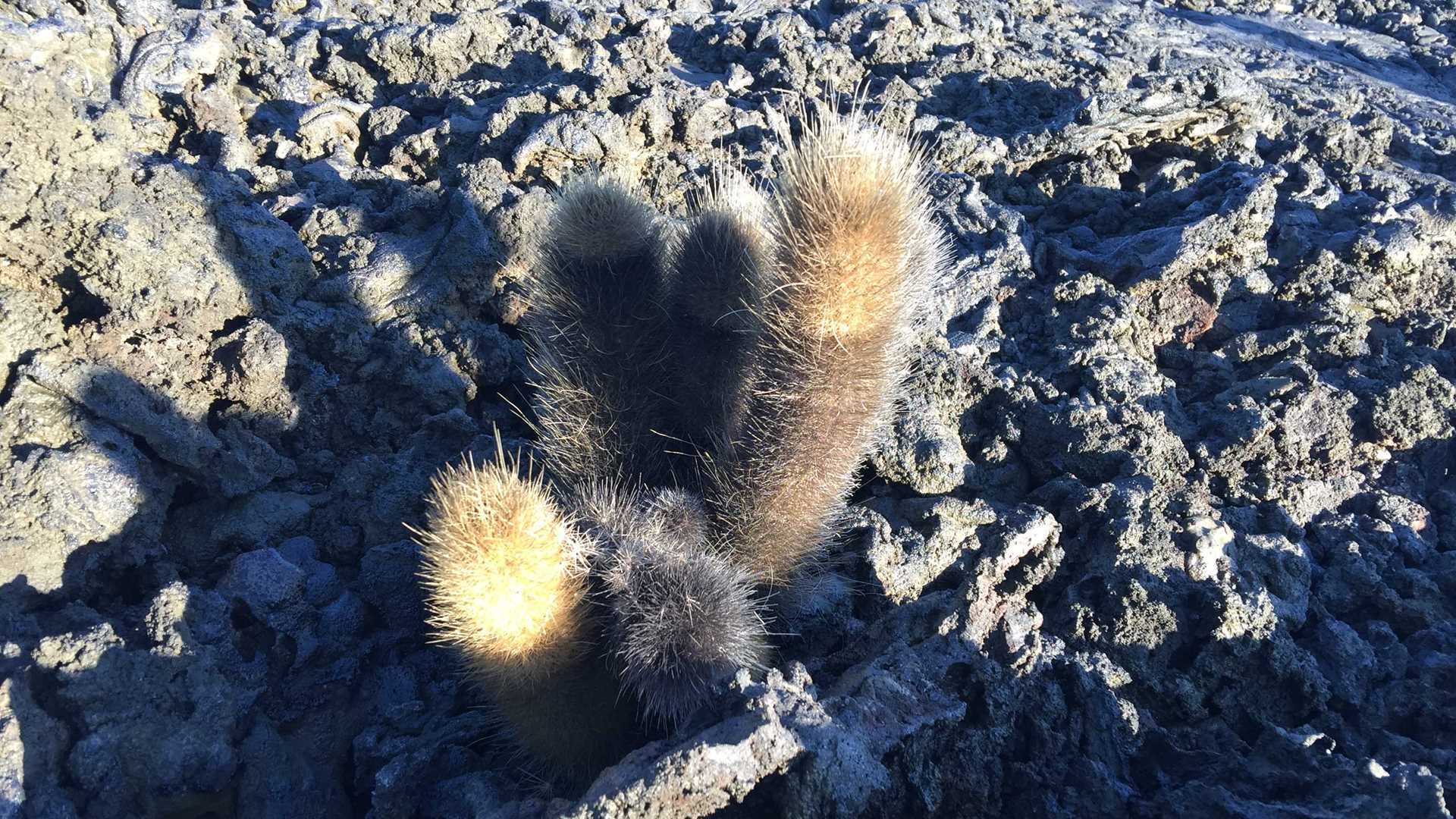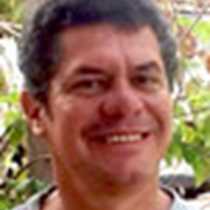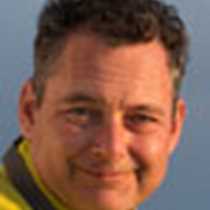This morning our guests visited Chinese Hat, a shield volcano, where we snorkeled and looked for penguins along the shoreline. In the afternoon we walked along a Pahoe-hoe lava field that was built up in a huge eruption in 1897, 62 years after Charles Darwin visited this location. We were able to spot these elusive Galapagos penguins while heading to the visitor site.
- Daily Expedition Reports
- 31 Mar 2017
Chinese Hat and James Islands, 3/31/2017, National Geographic Islander
- Aboard the National Geographic Islander
- Galápagos
Fabian Bucheli, Naturalist
Fabian Bucheli studied at the German School in Quito, graduated from the University of California with a bachelor of science in administration, and earned a master’s degree in international management from Thunderbird School of Global Management in A...
Read MoreDexter Sear, Videographer
Dexter grew up in England where a love for exploring the countryside ignited a lifelong passion for discovering natural history and embarking on adventure. As a teenager, two trips to India sparked a fascination with insects and a desire to share a “...
Read MoreShare Report
Related Reports
11/23/2022
Read
National Geographic Islander II
Isabela and Fernandina
Our day began with the chance to point out a lot of interesting geological features as we enjoyed Zodiac tours along a massive flank of Ecuador Volcano on Punta Vicente Roca. In the afternoon, we took a sunny walk on Punta Espinoza on Fernandina Island. We spotted many iguanas, and a bunch of sea lions hanging around, too.
11/22/2022
Read
National Geographic Islander II
North Seymour & Rabida Islands
Relatively small and low compared to neighboring Santa Cruz, North Seymour is located to the north of Baltra. The island is dry with predominantly low shrubs, like prickly pear cacti. The incense trees are bare during the dry season. Seabirds like frigatebirds and blue-footed boobies nest on the island, and sea lions rest on the sand when they are not fishing. Land and marine iguanas also live here. Rabida is in the middle of the archipelago and has a striking red sand beach. We observed a small colony of sea lions of all ages resting or nursing. Behind the beach, American flamingos nest in a brackish lagoon. This island is full of contrasts and wildlife that we enjoyed observing during this day of expedition.









